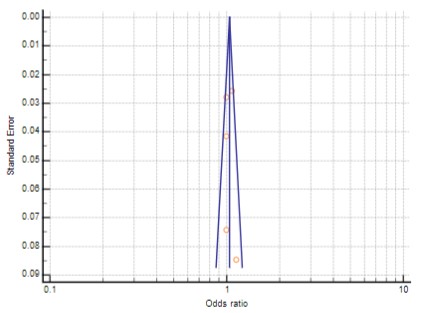Meta-analysis of Association Between Exposure to Air Pollution and Cerebrovascular Disease
Keywords:
Meta-analysis, Cerebrovascular Disease, Air PollutionAbstract
Cerebrovascular or stroke disease is a severe problem that affects people worldwide. Approximately 15 million new stroke cases occur each year, and studies reveal that 90% of strokes occur. It is caused by risk factors that can change or control behavior. While air pollution is another major cause of strokes, the longer one is exposed to it, the higher the risk of stroke, the higher the risk of death from the problems mentioned above. The researchers realized how important it was to synthesize research to develop a standardized index to measure the relationship between air pollution exposure and stroke incidence. As a result, the research investigations into cerebrovascular caused by air pollution have been conducted to synthesize for credibility. A meta-analysis was used to collect and analyze the research's main conclusions. A Meta-Analysis is a quantitative research synthesis method that synthesizes a large amount of data using statistical methods. The subject looked at the same research issue to combine the findings of each study to have a better understanding of strokes induced by air pollution exposure issues. According to the results, the pooled odds ratio for the association between air pollution exposure and cerebrovascular disease was 1.034. The 95 percent confidence interval for the pooled odds ratio is 1.001 to 1.068. It was concluded that there was an association between the incidence of cerebrovascular disease and exposure to air pollution. Those exposed to air pollution were 1.034 times more likely to have the cerebrovascular disease than those not exposed to air pollution.

Downloads
Published
License
Copyright (c) 2022 The Journal of Applied Science

This work is licensed under a Creative Commons Attribution-NonCommercial-NoDerivatives 4.0 International License.

